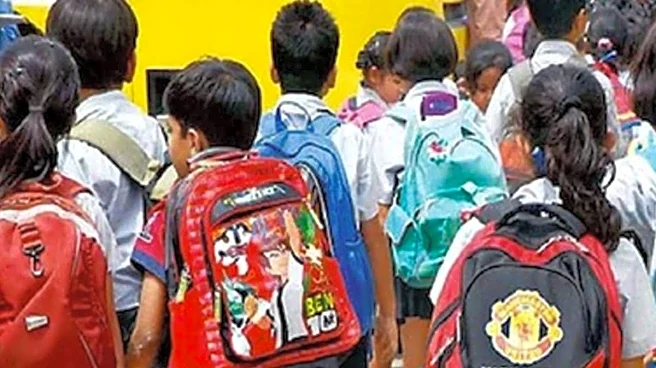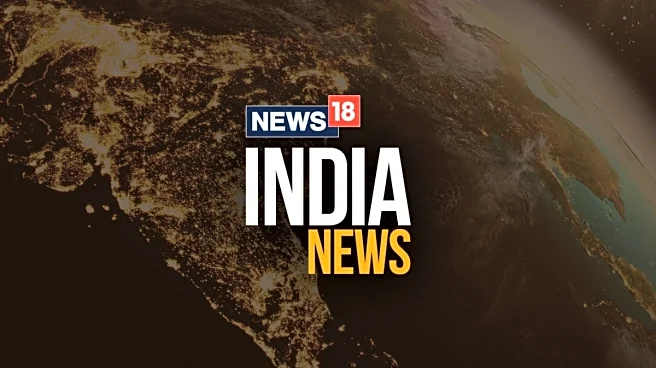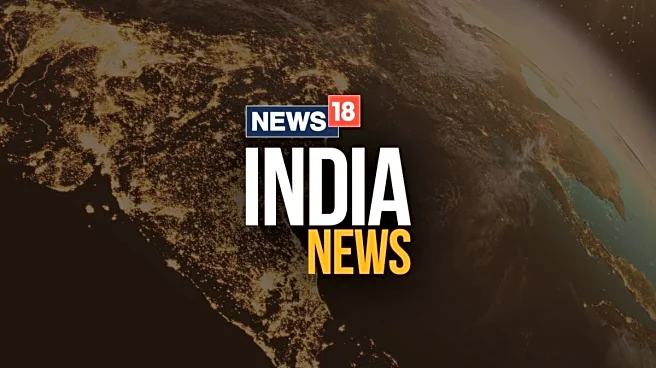The Panjab University senate will have its elections in various phases between September 7 and October 4, 2026, as approved by the vice-president of India on Thursday.
This announcement comes after weeks of intense protests by students, farmer unions, and politicians across Punjab.
Vice-president CP Radhakrishnan, who is the chancellor of Panjab University (PU), gave his nod to the poll schedule for the senate that is the university’s primary decision-making body. The Centre, in a controversial move, had attempted to downsize the PU senate and abolish the electoral process for specific constituent groups – a move widely perceived as an attack on state autonomy.
Here’s what the poll schedule looks like:
- The elections will be held between September 7 and October 4, 2026.
- For the constituency ‘Principals of Technical and Professional colleges and staff of such colleges from amongst themselves’, the election is scheduled for September 7, 2026 with results on September 9, 2026.
- Professors in teaching departments of the university will hold elections on September 14, 2026, with results on September 16.
- Associate and assistant professors in teaching departments of the university will also vote on September 14, 2026 with results on September 16.
- Heads of affiliated arts colleges; assistant, associate and full professors of affiliated arts colleges; and registered graduates will hold elections on September 20, 2026, with results on September 22.
- Elections and results for the faculties at PU, Chandigarh, will take place on October 4, 2026.
WHAT IS THE ISSUE?
The announcement of the senate poll schedule
is a significant reversal by the central government, which had initially attempted to alter PU’s governance structure.
The term of the previous senate had ended in October 2024. On October 28, 2025, a notification was issued reducing the number of senators while abolishing polls for the graduates constituency, which typically selects 15 members from among PU alumni in Punjab, Chandigarh, and neighbouring states.
The subsequent protests went beyond the immediate issue of PU’s autonomy, viewing the move as a challenge to the state’s rights. Protesting students were joined by civil society groups, farmer unions (including the Samyukta Kisan Morcha-Non-Political and the Kisan Mazdoor Sangharsh Morcha), and politicians across the spectrum – Punjab Chief Minister Bhagwant Mann and the AAP, were seen alongside the Shiromani Akali Dal and Congress.
The education ministry withdrew its controversial notification on November 7. But the agitation continued despite this, pressing specifically for the announcement of the senate election schedule and including a university shutdown on November 10 that led to clashes between protesters and the police.
The senate is the PU’s primary decision-making body and its role involves setting crucial policies and guiding the university’s governance. It has 91 members, of which elections are needed for 49 seats.




/images/ppid_a911dc6a-image-1764053270430812.webp)

/images/ppid_a911dc6a-image-176417806786918897.webp)






/images/ppid_a911dc6a-image-176405552698698395.webp)